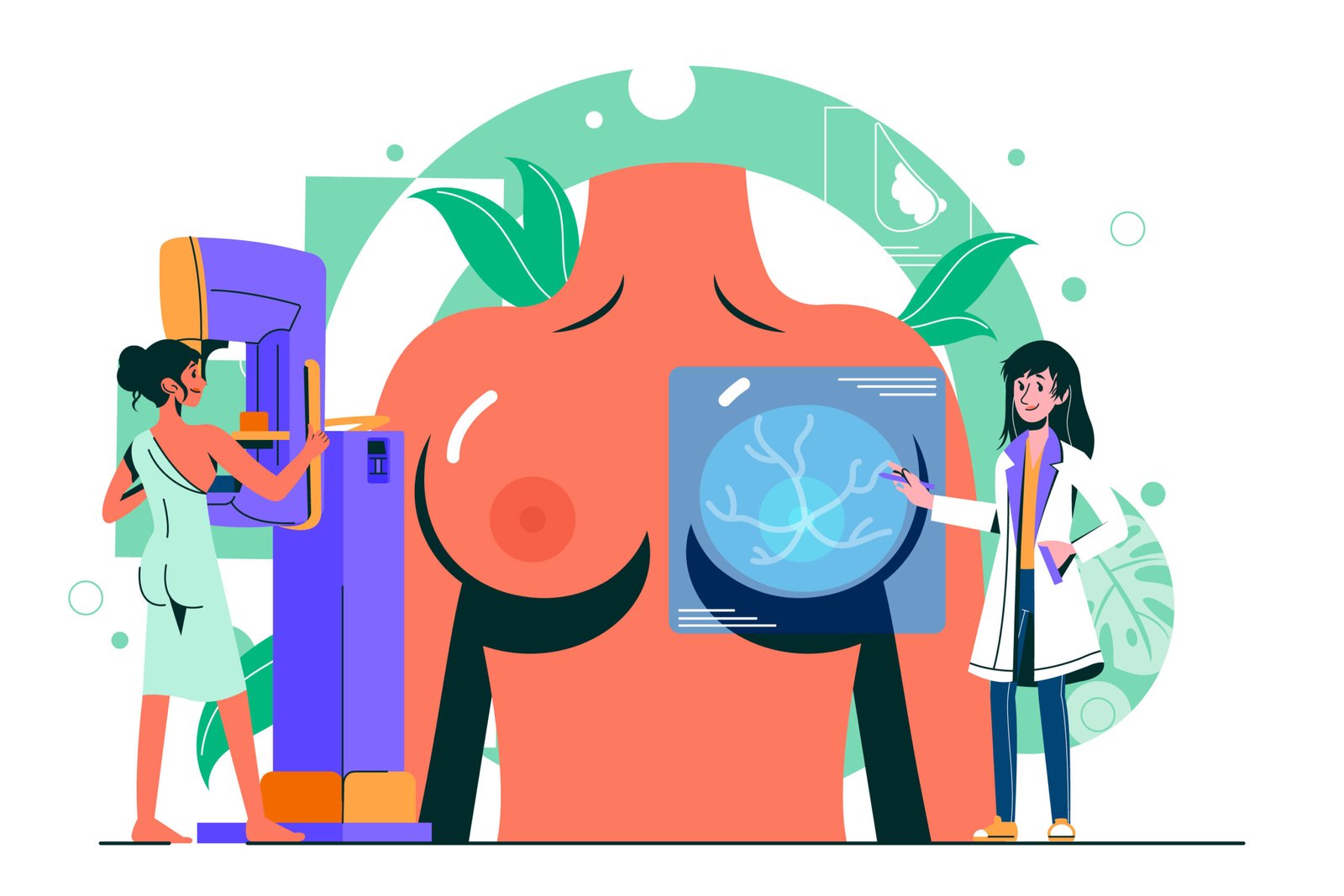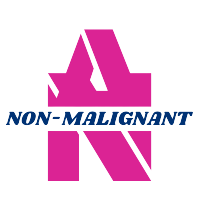Breast cancer is easier to treat and has a higher chance of being cured if it’s found early. Early detection of breast cancer is the identification and detection of breast cancer at its initial stages (stage 1 or before). Because in these initial stages, symptoms are often not visible, making it challenging for individuals to recognize they have cancer. Therefore early detection plays a very important role to catch the cancer when it is not severe and has a higher survival rate.
Examination and Screening are the two main components for early detection. Additionally the age of the person matters when it comes to finding breast cancer early. For example, younger people might not need the same tests as older ones. Furthermore, if breast cancer runs in your family, you might need special tests known as genetic testing to check if you are at a higher risk due to your genes.
So, getting regular check-ups and knowing your family history can really help catch breast cancer early and give you a better chance of overcoming it.
Let’s understand the two main parts to finding breast cancer early

Examination
This means having a doctor check your breasts, which is termed as clinical breast examination, or doing it yourself, which is termed as self-breast examination, to look for any signs or symptoms that might not be easy to see.

Screening
This involves different tests like mammograms, MRI or CT scans that can help find breast cancer.
Women with a family history of breast cancer have a higher chance of getting it too. For these women, doctors might suggest genetic testing in addition to the usual early detection methods. This test helps find out if there are certain genes that increase the risk of breast cancer.

